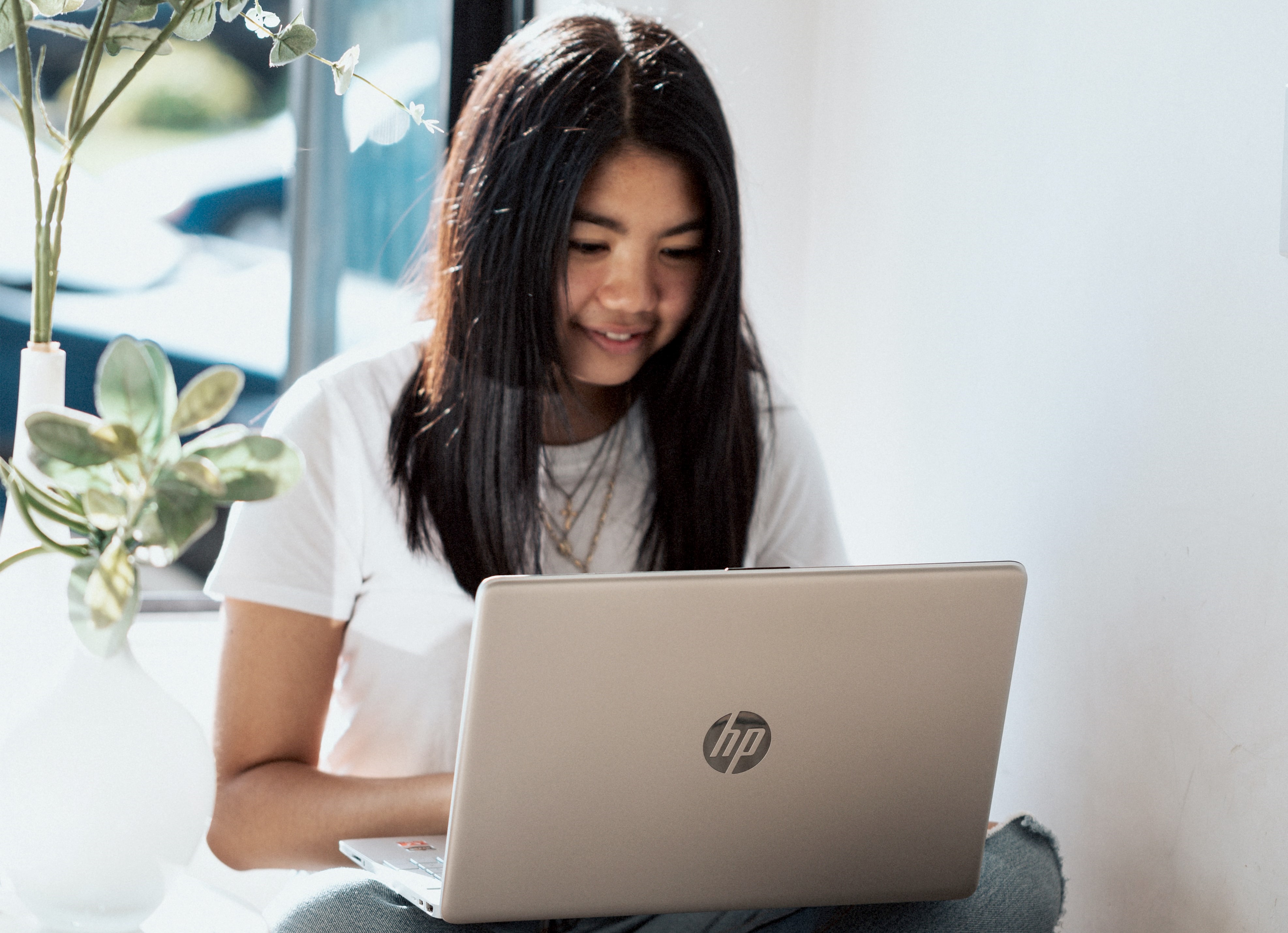What Research Shows About Screen Time for Students
Moderation in screen time for students and prioritizing active screen time versus passive screen time can make all the difference

As we are entering the last phase of this tumultuous year of 2020 there are few topics more pressing in the mind of parents and teachers than screen time. In July, Pew Research released a report on Parenting Children in the Age of Screens, and it showed that 71% of parents of children 12 and under are concerned about the effects of screen time.
Other reports and studies have been recently published through the fields of medicine and sociology in an effort to answer trending questions related to screen time, raising four key questions.
Question One: What is the association of various types of screen time and depression in adolescence?
In a 2019 study published by the Journal of American Medicine Association, pediatricians observing a cohort of 3,826 adolescents found that symptoms of depression may be enhanced by the ‘use of social media and television.’
Question Two: Are ADHD children affected differently by screen time?
A literature review and case study published in 2018 in the Environmental Research journal revealed that there are physical health effects to excessive screen time including poor sleep and health risks related to blood pressure and obesity. The case study showed that ADHD related behavior was linked to sleep problems associated with overall screen time and violent fast-paced content.
Question Three: Is there a difference between passive and active screen time?
Tools and ideas to transform education. Sign up below.
A study published in 2020 observed 2,320 adolescents living in Ontario who reported having two to four or more hours of passive screen time. Children with greater than four hours were three times more likely to experience a major depressive episode, social phobia, and general anxiety. Active screen time had a considerably less effect.
Question Four: Does the type of screen time matter?
A study published in 2019 in the International Journal of Behavioral Nutrition and Physical Activity analyzed the interaction of 4,013 students aged 10 - 11 with screens over a four-year period. The study’s participants recorded their use of screen time in diaries, categorizing screen time as social, passive, interactive, educational, and other. Passive screen time was found to have the most negative outcomes while educational screen time had the most positive outcomes and no negative impact on other outcomes. The same result was evident with interactive screen time.
These studies echo recent major works, analyses, and literature reviews. The common findings center on increased depression associated with passive screen time while more interactive and educational engagement with screens shows less effect on students’ overall health and wellness. Also noted was excessive screen time may cause children to present with ADHD behaviors when in fact they do not have ADHD. The major conclusion is related to moderation and the type of screen time.
In 2019, the World Health Organization released guidelines for screen time that were endorsed by the American Academy of Pediatrics and the Center for Disease Control. These guidelines note that screen time for children under 18 months should be restricted to video calls with loved ones, while children between the ages of 18 and 24 months should have limited screen time that is mostly educational television. Preschoolers ages 3 to 5 can have up to an hour per day but it should be a healthy balance between the different types of screened devices. School-aged children can have 1.5 hours per day but should balance that with physical activity, and finally, high schoolers gain half an hour for a recommended 2 full hours per day.
Maintaining moderation in screen time access and prioritizing active screen time versus passive screen time can make all the difference in a child’s health and social well being.
Here are some suggestions for teachers and parents to help moderate screen time.
Tips for Teachers: Balance Screen Time during Instruction
- Utilize a blended learning instructional model
- Interval lessons with on-screen digital content (video, text reading, software application) - 20 minutes
- Prioritize videoconferencing
- Utilize flipped learning strategies
- Take advantage of other media platforms if appropriate (paper is still a good technology to rely on)
- Prioritize activities where students use technology tools for creation versus consumption (see TIMS matrix)
Tips for Parents
- Dinner/family times are no screen time, conversation is a better tool for building literacy than most literacy software
- No screens in bedrooms, limit access to screens to maximize sleep and healthy habits
- Establish routines for outside play or family walks
- Establish parameters for gaming
- Review and approve all social media access and posts for children under 14
- Model these practices for your children
Dr. Kecia Ray is a strategic thinker and a proven leader in K12 transformation. She serves as Tech & Learning’s Brand Ambassador and is the founder of the consulting service, K20Connect
Dr. Ray's career includes designing technology within the Frist Center for the Visual Arts and directing technology research through Vanderbilt University School of Medicine Science Outreach programs. As a district administrator for Metropolitan Nashville Public Schools, she led the award-winning design, implementation, and evaluation of instructional technology programs, including instructional design for online and blended learning environments, redesigning physical learning environments, redefining school libraries, and establishing the first virtual high school to award the diploma. She leads K20Connect and other passion projects supporting K20 education around the world.

